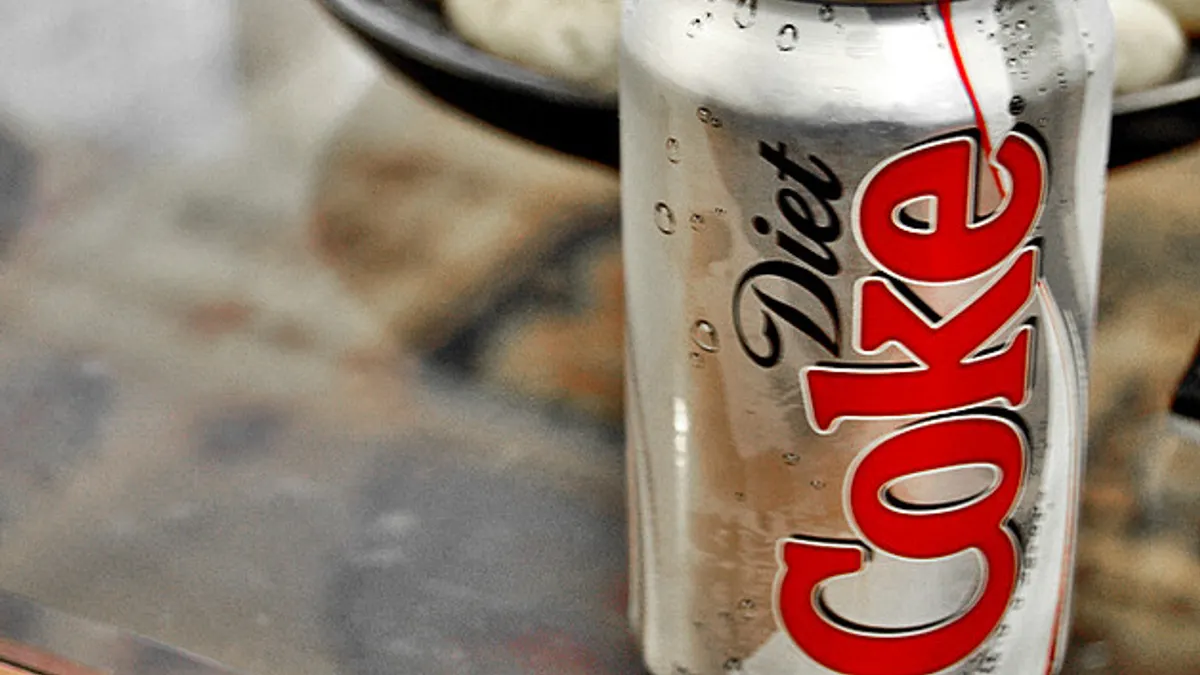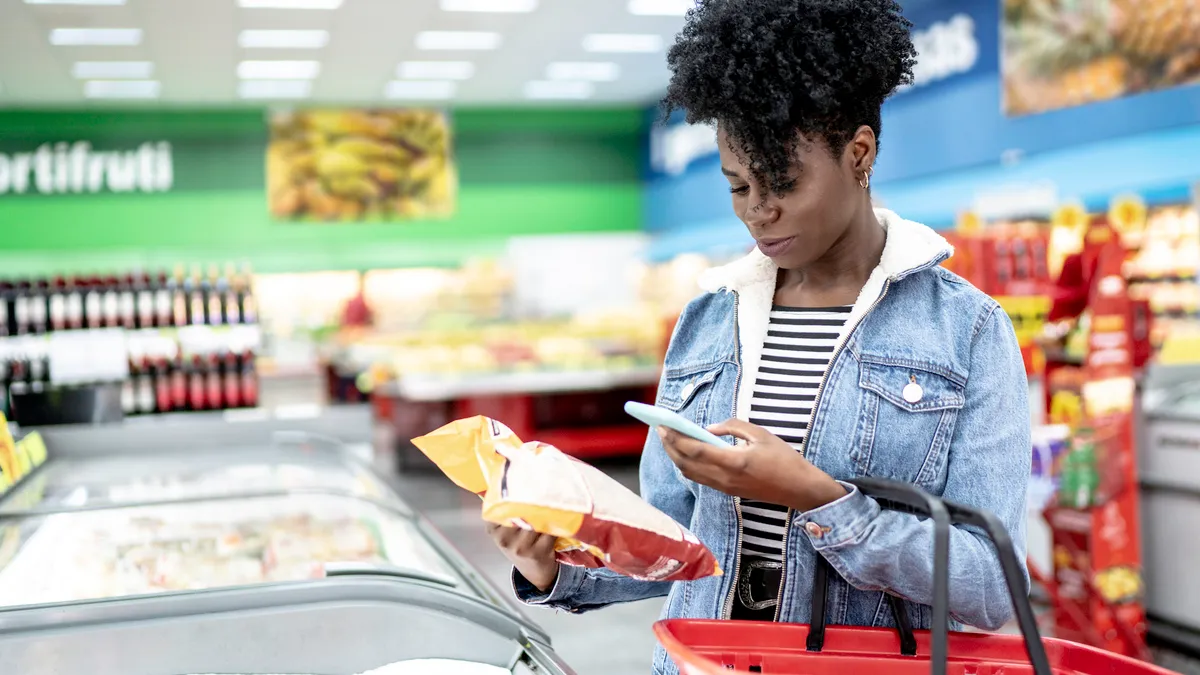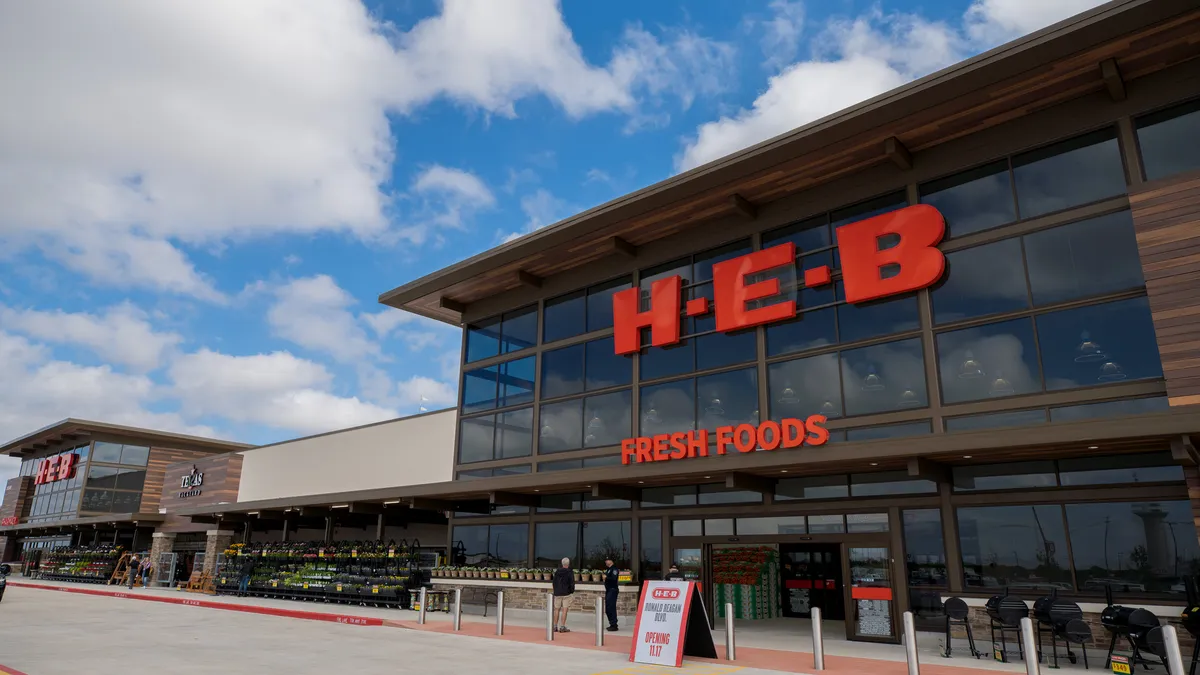Coca-Cola took it on the chin this week when Interbrand rolled out its annual rankings for the world's "most valuable" brands. The Coca-Cola name has been a perennial No. 1 on the list since the rankings were introduced 13 years ago. This year, however, Apple and Google both leap-frogged over the global soda power to make it No. 3.
Now, anyone who has been watching the soft drink market in the U.S. knows that Coke just isn't flowing out of fountains and bottles like it once did. Coke and Pepsi both have watched the category suffer in recent years, and Coca-Cola's traction with new products in other markets has become more and more vital. Look no further than its hot Japanese ginger ale, herbal Thai beverage Habu and stevia-sweetened Coca-Cola Life in Argentina for signs of new efforts abroad.
At home in the U.S., meanwhile, there is no refuting cola's dwindling modern appeal. Just look at these consumption stats from the research publisher Packaged Facts:

In 2004, spring surveys showed that 21.7% of adults were drinking cola on a daily basis—and that percentage represents all colas, not just Coke. A smaller (but respectable) 10.9% acknowledged drinking diet cola on a daily basis.
Nine years later, you can see that those numbers are visibly weaker. The same stat for diet cola has only fallen to 8.4%, but only 12.2% of adults counted themselves as daily cola drinkers in 2013.
So what has Coca-Cola lost that contributed to its brand-ranking fall? The answer seems to be simple: daily drinkers of its core product.
Would you like to see more food and beverage industry news and information like this in your inbox on a daily basis? Subscribe to our Food Dive email newsletter! You may also want to check out our Food Dive's look at 5 ugly food and beverage boycotts that could have been avoided.








